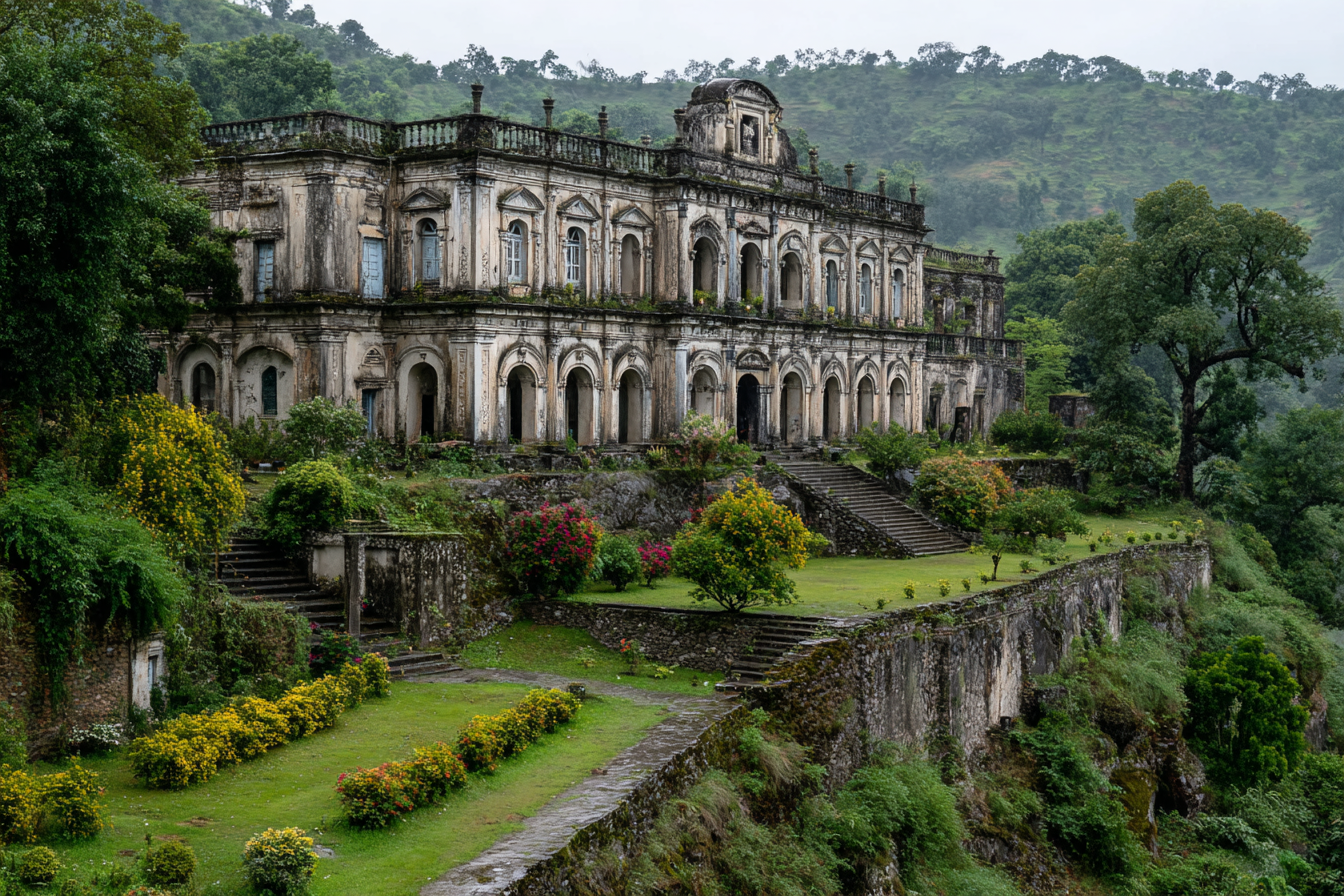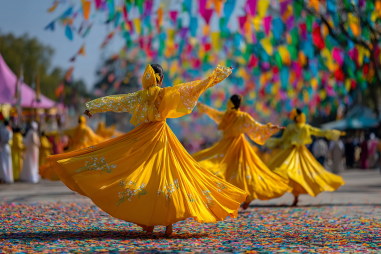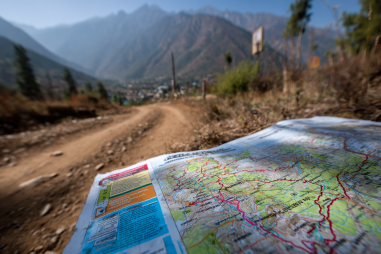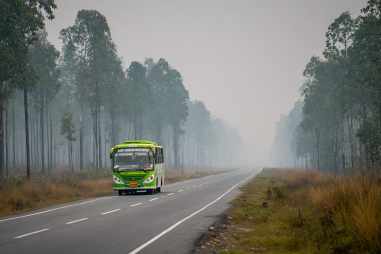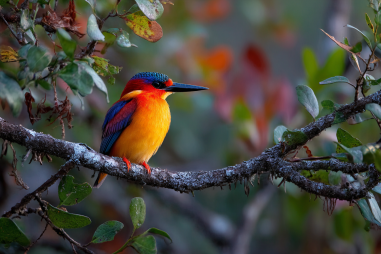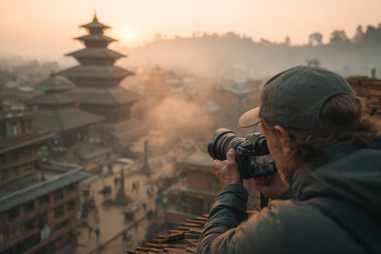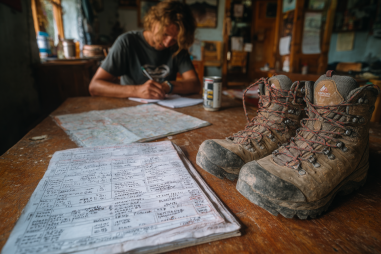Nestled in the hills of western Nepal, Gorkha stands as a testament to the country’s rich and dynamic history. Known as the birthplace of the modern nation of Nepal, this region is a treasure trove for history enthusiasts and travelers alike. The historical sites of Gorkha offer a captivating glimpse into the legacy of the Shah dynasty, architectural marvels, and Nepal’s journey to unification. Whether you’re wandering through ancient palaces or exploring serene temples, Gorkha’s heritage is both tangible and inspiring.
Unveiling the History of Gorkha
Gorkha holds a unique position in Nepalese history as the cradle of the Shah dynasty. It was from this small kingdom that Prithvi Narayan Shah launched his campaign in the 18th century to unify the various independent kingdoms and principalities into what we now know as Nepal. The name “Gorkha” itself reflects a martial legacy, derived from the legendary warrior Gorakhnath. Beyond its military roots, Gorkha is a cultural hub, home to diverse communities with rich traditions and crafts. The historic sites here provide a vivid narrative of these intertwined stories—of valor, faith, art, and nation-building.
Gorkha Durbar Palace: A Majestic Stronghold
The crown jewel among Gorkha’s historical sites is undoubtedly the Gorkha Durbar Palace. Perched atop a hill overlooking the town and verdant hills beyond, this 16th-century palace was the royal seat of the Shah rulers. The architecture of the palace amalgamates traditional Newari designs with fort-like structures, giving it both elegance and strength. Visitors can explore the intricately carved wooden windows, the courtyards, and the throne hall where Nepal’s first king ruled.
The palace offers panoramic views of the Himalayas, including glimpses of the majestic Annapurna and Manaslu ranges on clear days. While the palace suffered damage during the earthquakes of 1934 and later 2015, ongoing restoration efforts aim to preserve its historical grandeur. Walking through the palace grounds allows visitors to connect deeply with Nepal’s royal history and the early days of unified Nepal.
Exploring Traditional Temples and Monuments
Gorkha is dotted with numerous temples and monuments, each telling its own story. Many of these sacred sites are dedicated to Hindu deities, reflecting the spiritual life of the local people and the royal family.
- Kalika Temple: Located within the palace complex, this temple is dedicated to Goddess Kali, the revered deity of power and protection. It is not only a place of worship but also an important cultural landmark with its exquisite wood carvings and traditional architecture.
- Manakamana Temple: Situated a bit further from the town, this temple is famous across Nepal for granting wishes. Pilgrims traditionally reach there by cable car or by trekking, adding an adventurous element to the spiritual journey.
- Patan Temple and Other Shrines: Scattered across Gorkha, these smaller temples and monuments are embedded in daily life, festivals, and community rituals, preserving the cultural mosaic that defines the region.
All these temples offer rich insights into Nepalese religious art, symbolism, and architecture, making them essential stops for travelers interested in culture and history.
The Role of Gorkha in Nepal’s Unification
The historical significance of Gorkha extends beyond its physical landmarks. It was from this compact kingdom that the unification of Nepal was set in motion by King Prithvi Narayan Shah in the mid-18th century. His strategic military campaigns overcame powerful adversaries, integrating diverse regions and cultures under one rule. This movement laid the foundation for the modern state of Nepal.
Visitors exploring Gorkha often find the stories of these wars and alliances profoundly moving. The unification not only brought political consolidation but also cultural integration, economic growth, and defense against external invasion. Today, you can trace these episodes through memorials, plaques, and the tales shared by local guides who vividly bring history to life.
Museums and Cultural Exhibits in Gorkha
To complement the historical sites, Gorkha also hosts museums and cultural centers that showcase artifacts, traditional costumes, weapons, and documents related to the Shah dynasty and the region’s heritage. These institutions help visitors understand the socio-political context of the past centuries.
The Gorkha Museum, for example, offers curated exhibitions highlighting the evolution of the kingdom, the lives of its rulers, and the cultural practices of its people. Walking through these exhibits enriches the visit by providing detailed background and visual storytelling, ideal for both casual tourists and dedicated history buffs.
Accessibility and Visitor Information
Reaching Gorkha has become easier over the years with improved road connectivity and transportation options from Kathmandu and Pokhara. Most visitors travel by bus or jeep, with the journey offering scenic views of terraced hills and villages along the way.
Once in Gorkha, the historical sites are generally accessible by foot or short local rides. It’s recommended to allocate at least one to two days to fully explore the Durbar Palace, temples, museums, and stroll through the local market areas. Guided tours are available and strongly encouraged, as knowledgeable guides can provide rich narratives that deepen your experience.
Visitors are advised to check weather conditions and local advisories, especially during the monsoon season, to ensure safe and enjoyable travels.
Tips for History Buffs Visiting Gorkha
If you’re passionate about history and want to make the most of your trip to Gorkha, here are some useful tips:
- Hire a Local Guide: Their stories and explanations add invaluable depth to understanding the sites.
- Wear Comfortable Footwear: Many sites involve walking on uneven terrain or climbing stairs.
- Respect Local Customs: Temples and sacred sites require respectful behavior and sometimes modest dress.
- Bring a Camera: The stunning architecture and scenic vistas offer excellent photographic opportunities.
- Plan for Early Visits: Starting early helps avoid crowds and makes for better lighting at key sites.
- Learn Basic Nepali Phrases: A few greetings and polite phrases can enhance interaction with locals.
Preserving and Experiencing Gorkha’s Heritage
Gorkha’s historical sites are not only relics of the past but living spaces where history continues to shape identity and culture. Preservation efforts by the Nepalese government and local communities aim to protect these landmarks from natural disasters and the wear of time. As a visitor, engaging respectfully with these sites helps maintain their legacy for future generations.
Exploring Gorkha is more than sightseeing; it’s a journey into the heart of Nepalese heritage. The stories of kings and queens, warriors, and worshippers come alive through the stone, wood, and landscape. Every corner reflects a chapter of Nepal’s formation, inviting travelers to walk alongside history and appreciate its enduring influence on today’s Nepal.

